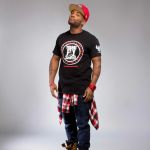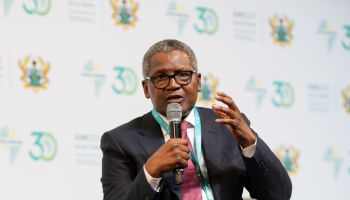Jerry Sandusky was convicted Friday of sexually assaulting 10 boys over 15 years, accusations that had sent shock waves through the college campus known as Happy Valley and led to the firing of Penn State’s beloved Hall of Fame coach, Joe Paterno.
Sandusky, a 68-year-old retired defensive coach who was once Paterno’s heir apparent, was found guilty of 45 of 48 counts. He faces life in prison at sentencing, which is weeks away.
For some survivors of childhood sexual abuse (CSA), there is minimal compromise to their adult functioning. Others will have myriad psychological, physical, and behavioral symptoms as a result of their abuse.
Adult CSA survivors have disproportionately high use of health care services, more severe symptoms with more complex patterns of presentation, and often somatic symptoms (somatic symptoms represent psychological distress that manifests itself as bodily ailments) that do not respond to routine treatment. These issues can create frustration for women and men and treatment challenges for their physicians.
Current estimates of incest and other childhood sexual abuse range from 12% to 40% depending on settings and population. Most studies have found that among women, approximately 20% – or 1 in 5 – have experienced childhood sexual abuse. Consistent with this range, studies have revealed that:
- Among girls who had sex before they were 13 years old, 22% reported that first sex was nonvoluntary.
- Twelve percent of girls in grades 9 through 12 reported they had been sexually abused; 7% of girls in grades 5 through 8 also reported sexual abuse. Of all the girls who experienced sexual abuse, 65% reported the abuse occurred more than once, 57% reported the abuser was a family member, and 53% reported the abuse occurred at home.
- Approximately 40% of the women surveyed in a primary care setting had experienced some form of childhood sexual contact; of those, 1 in 6 had been raped as a child.
- A national telephone survey on violence against women conducted by the National Institute of Justice and the Centers for Disease Control and Prevention found that 18% of 8,000 women surveyed had experienced a completed or attempted rape at some time in their lives. Of this number, 22% were younger than 12 years and 32% were between 12 and 17 years old when they were first rape
Read: Catholic Official Convicted Of Child Endangerment For First Time
The early phase of therapy with adult survivors of childhood sexual abuse focuses on building up trust between the counsellor and the survivor and preparing the survivor for the healing process. During this phase of therapy the survivor is encouraged to tell their story which allows the counsellor to assess which therapeutic techniques may be the most beneficial.
Telling their story is difficult for some survivors. Their memories are fragmented and all jumbled up making it hard for them to relate what happened when. There is often a feeling of being overwhelmed by the abuse and just not knowing how to start. Many survivors just can’t differentiate between episodes of abuse and their whole sense of childhood was taken over by it. At this stage there are tools which can be used to help the survivor put their childhood back together into a recognisable whole by focusing on specific incidents or episodes of their lives to structure their stories.
Like us on Facebook!
The middle phase of therapy is where the brunt of the work is done which includes re-processing the trauma. Simply stated, processing the trauma of childhood sexual assault involves:
- Acknowledging the fact of the abuse and its impacts.
- Experiencing and releasing some of the feelings associated with the trauma that typically has remained unexpressed.
- Exploring a range of feelings towards the abuser/s and non-protective parents, siblings or caretakers; and
- Making cognitive reassessments of the abuse (i.e. why it happened, who was responsible etc).
If these avenues are explored, the traumatic events are faced and processed by necessity. The abuse can no longer remain frozen in time and continue to maintain the survivors status quo: The status quo that includes beliefs about vulnerability, helplessness, mistrust, stigmatisation, with a negative view of self and others. During this phase the abused child is integrated with the adult self so that they work together as a unified whole rather than being split and working against each other. Emphasis is also placed on cognitive restructuring, educating the survivor and the formulation of new coping strategies. Through this sort of trauma processing a clear line is drawn between the past and the present leaving the individual feeling more in control and determined to deal with the impacts the abuse has had on their lives.
Also see…














